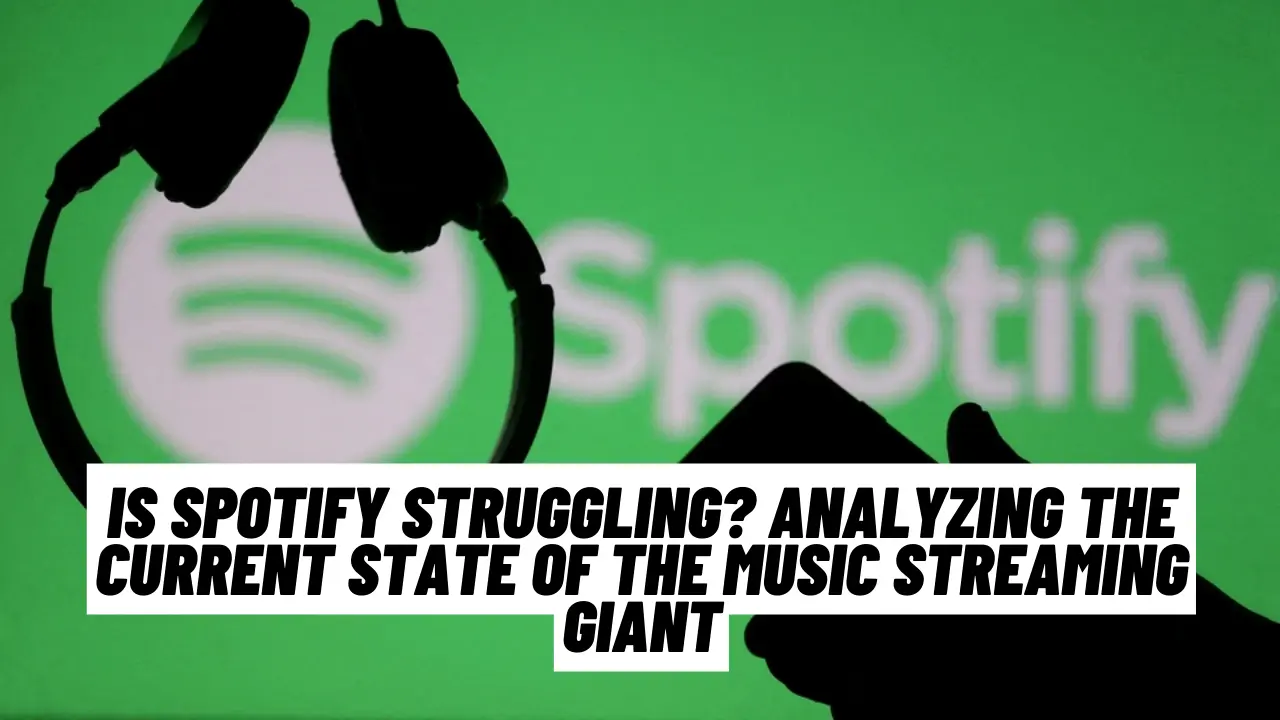Spotify, the world’s leading music streaming platform, has been a dominant force in the industry since its launch in 2008. However, recent reports and financial statements have raised questions about the company’s current state and future prospects. Let’s delve into the various aspects of Spotify’s performance to understand whether the company is indeed struggling.
1. Financial Performance
- Revenue Growth: Spotify has shown consistent revenue growth year over year. In Q1 2024, the company reported a 14% increase in revenue compared to the previous year, driven primarily by subscription and advertising income.
- Profitability Issues: Despite growing revenue, Spotify has struggled to achieve profitability. The company has reported losses for several quarters, citing high operational costs, royalty payments, and investments in new content and technology as primary reasons.
- Subscriber Base: Spotify continues to expand its subscriber base, reaching over 515 million monthly active users (MAUs) and 240 million premium subscribers as of early 2024. However, the growth rate has shown signs of slowing down, raising concerns about market saturation.
2. Market Competition
- Rising Competition: Spotify faces intense competition from other streaming services like Apple Music, Amazon Music, YouTube Music, and regional players. Competitors are aggressively pursuing market share through exclusive content, bundling services, and competitive pricing.
- Content Exclusivity: Rivals have been securing exclusive content and artist deals, which can potentially lure subscribers away from Spotify. For instance, Apple Music’s exclusive releases and Amazon’s integration with Prime membership pose significant challenges.
3. Innovation and Diversification
- Podcast Investments: Spotify has invested heavily in podcasts, acquiring companies like Anchor, Gimlet Media, and The Ringer. These investments have boosted its podcast catalog and attracted new users. However, monetizing podcasts effectively remains a challenge.
- Audiobooks and Beyond: In a bid to diversify, Spotify has ventured into audiobooks and other audio content. While this strategy aims to reduce reliance on music streaming, it requires substantial investment and time to become a significant revenue stream.
4. Regulatory and Licensing Challenges
- Royalty Payments: High royalty payments to artists and record labels remain a significant cost for Spotify. Negotiating favorable terms is critical but challenging, as artists and labels demand higher payouts.
- Regulatory Scrutiny: Spotify operates in a complex regulatory environment, facing scrutiny over issues such as data privacy, content moderation, and fair competition practices. Compliance with varying regulations across different countries adds to operational complexities.
5. User Experience and Engagement
- Algorithm and Discoverability: Spotify’s recommendation algorithms and personalized playlists like Discover Weekly and Wrapped have been key to user retention and engagement. Continual improvement in these areas is essential to maintain user satisfaction.
- User Interface: Regular updates to the user interface aim to enhance usability and keep the platform engaging. However, any major changes risk alienating long-term users if not executed well.
